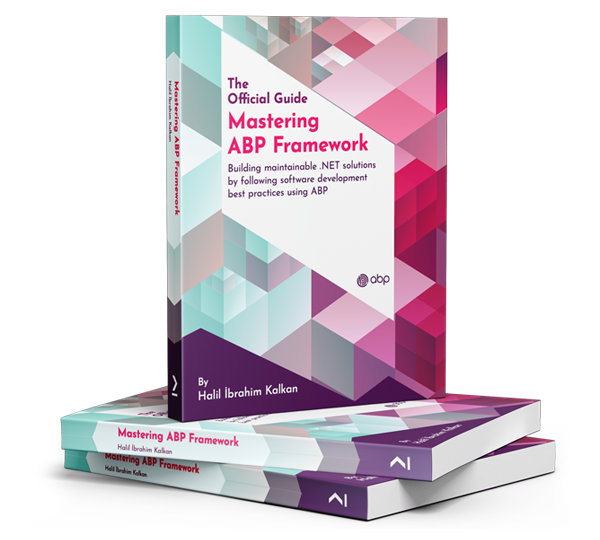Hi,
This is a serious and unnecessary limitation of ABP we think. Basically two out of five icons are kind wasted with a unnecessary bloated menu icon.
What is even the reasoning behind this being the standard layout? Why does Settings, something you would seldom access, considered as so important to take one out of four bottom bar icons?
Why is the menu icon so bloated compared to just a normal hamburger menu?
For example, assume you what to modify the mobile navbar from this
To something like 6 bottom icons with the hamburger menu to the right and the seldom used Settings icon not forced on you (why isn't it under user profile to begin with?) and not using that bloated pink icon for the menu
AFAIK, only way to achieve something like this, which should be easily customizable, is basically to find the source code, do a lot of detective work with some trial and error and finally recompiling everything. And then you can say goodbye to any new updated without having to repete the process.
ABP answer please
What is actually changed here as
"Updated React Native templates to use latest Expo/React Native standards."
Does not say all that much? Have the previous problems been solved?
[sumeyye.kurtulus] said: We have included the latest implementations within the latest releases of ABP Studio. You can check the release notes here.
Great, will give it a look, thanks. What about other improvements with regards to what has been discussed here previously?
Any news here or is support for current Expo in ABP still something that might happen in the future?
Can we please create a support ticket regarding this overzealous support bot?
[Sturla] said:
Seems like you are the only one active in this thread
It does, doesn’t? 😅 Do they value my inputs or should I just stop?
The point of these sticky posts elude me, as no one from ABP seem to monitor them. From what I remember, I've always had to create actual tickets for any follow up to happen.
[Sturla] said: When trying to get the LeptonX theme (as shown in https://dev.to/enisn/you-do-it-wrong-customizing-abp-login-page-correctly-l2k) with CLI I get this error
Exception of type 'Volo.Abp.Studio.AbpStudioException' was thrown.
PS C:\Dev\LeptonX> abp get-source Volo.Abp.LeptonXTheme [22:00:17 INF] You are running the second generation of the ABP CLI. If you're interested in the legacy CLI, see https://abp.io/new-cli [22:00:17 WRN] Volo.Abp.Studio.Extensions.StandardSolutionTemplates extension not found in the NuGet cache. Directory: C:\Users\sturlath\.nuget\packages\volo.abp.studio.extensions.standardsolutiontemplates\1.1.2\lib\net9.0 [22:00:17 INF] Volo.Abp.Studio.Extensions.StandardSolutionTemplates (v: 1.1.2) extension trying install from the NuGet 🕐 Checking extensions... 🧩 Extensions downloaded: Volo.Abp.Studio.Extensions.StandardSolutionTemplateslutionTemplates (v: 1.1.2) package downloaded from https://api.nuget.org/v3/index.jso 🚲 The CLI is restarting to apply the changes with arguments: get-source Volo.Abp.LeptonXTheme PS C:\Dev\LeptonX> [22:00:52 INF] You are running the second generation of the ABP CLI. If you're interested in the legacy CLI, see https://abp.io/new-cli [22:00:52 INF] Downloading source code of Volo.Abp.LeptonXTheme (Latest) [22:00:52 INF] Output folder: C:\Dev\LeptonX [22:00:53 ERR] Downloading source code failed for: Volo.Abp.LeptonXTheme Volo.Abp.Studio.AbpStudioException: Exception of type 'Volo.Abp.Studio.AbpStudioException' was thrown. at async Task Volo.Abp.Studio.Modules.Installing.SourceCodeDownloader.DownloadSourceCodeAsync(string moduleName, string targetFolder, string version, bool includeNightly) at async Task Volo.Abp.Studio.Cli.Commands.StudioGetSourceCommand.ExecuteAsync(CommandLineArgs commandLineArgs) at async Task Volo.Abp.Studio.Cli.StudioCliService.RunInternalAsync(CommandLineArgs commandLineArgs) at async Task Volo.Abp.Studio.Cli.StudioCliService.RunAsync(string[] args)I only managed to download it with
abp get-source Volo.Abp.LeptonXTheme.Pro --old
Seems like you are the only one active in this thread
Since obviously no one at ABP is working on this and probably never will, perhaps we should go ahead and close it?

